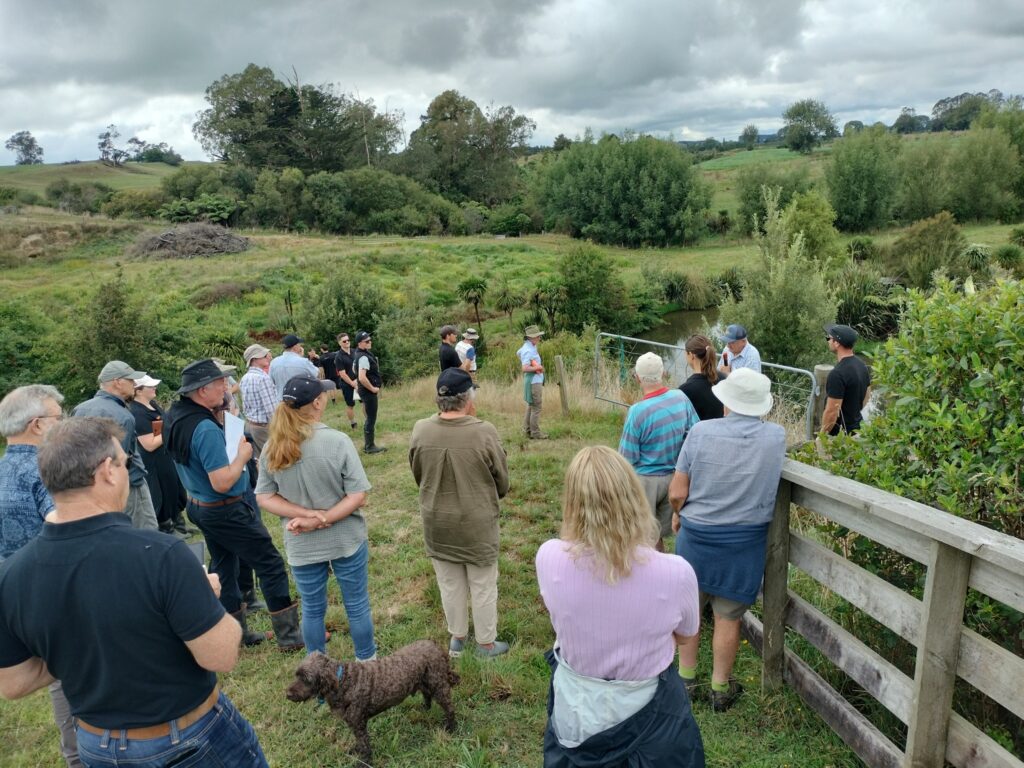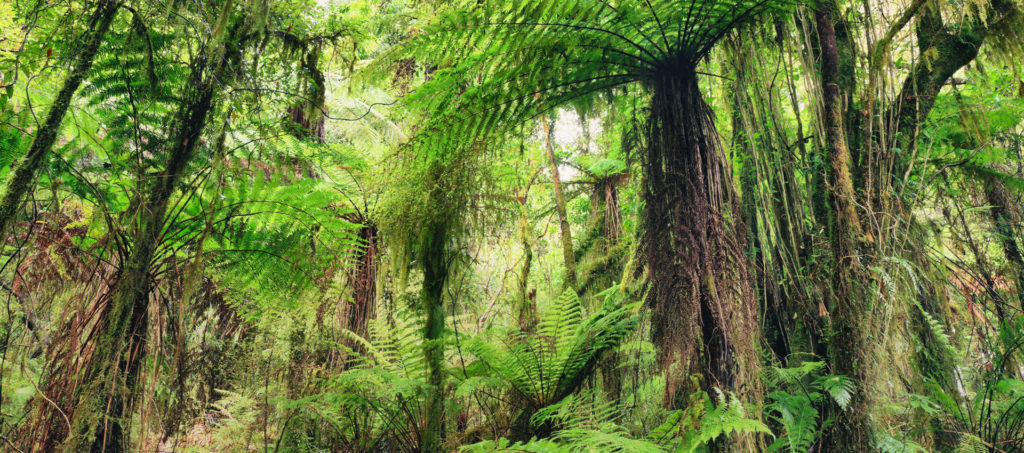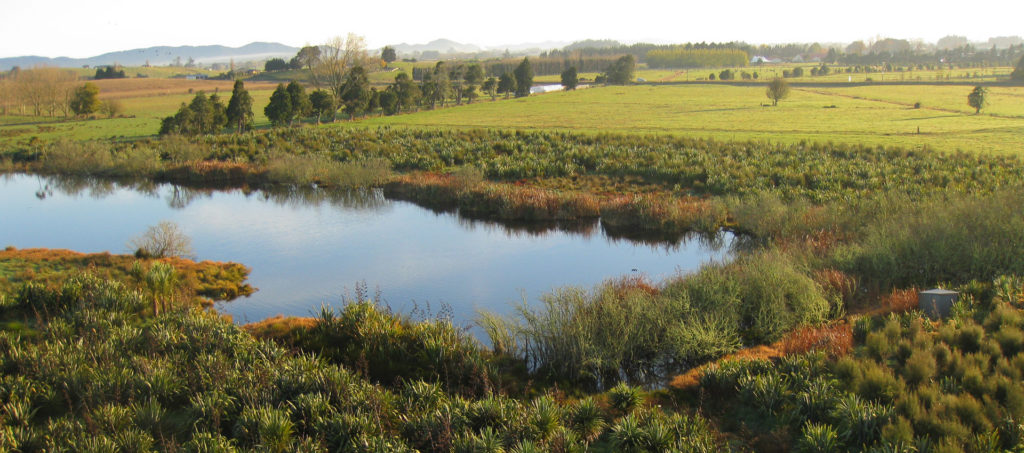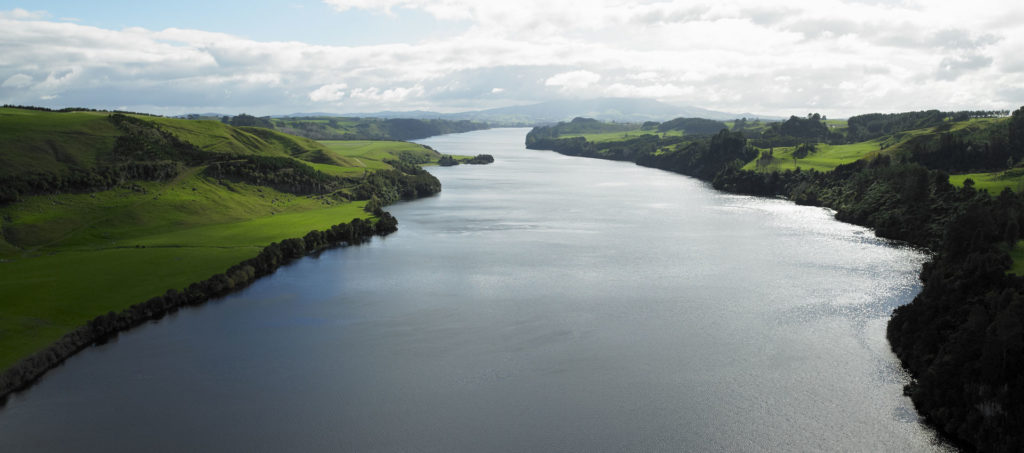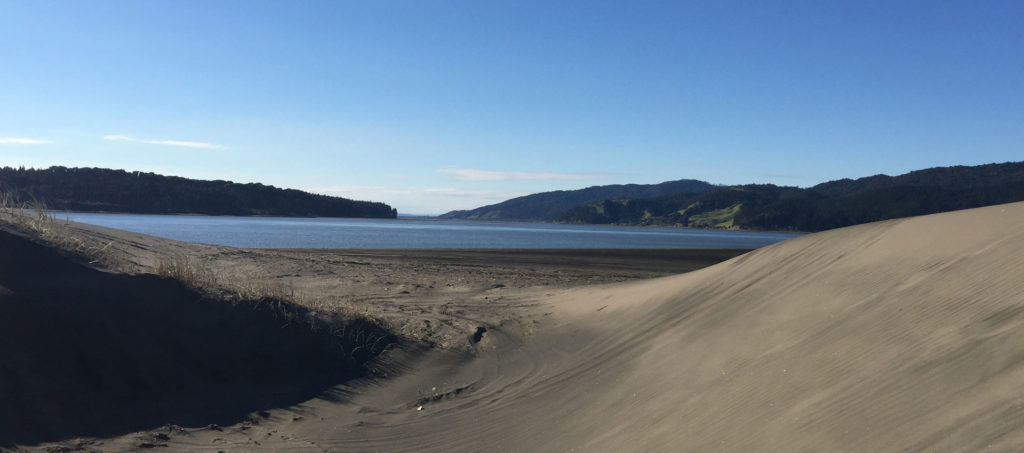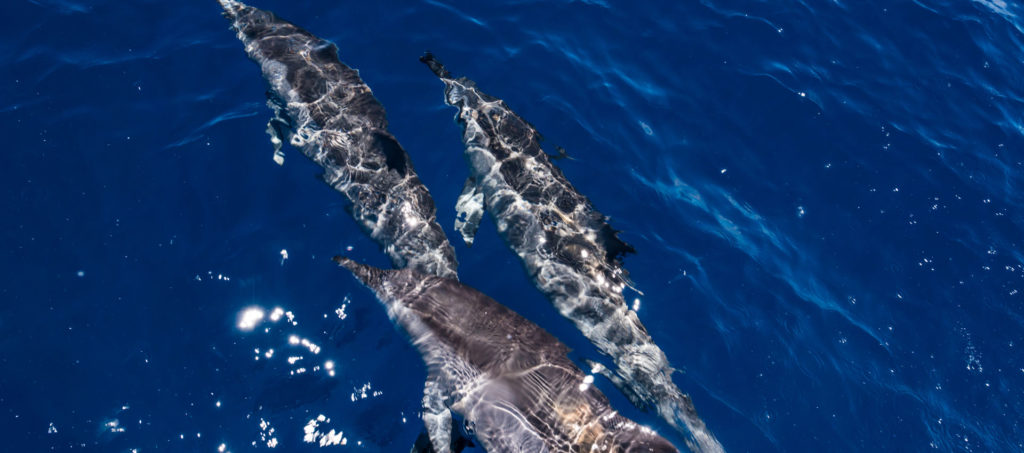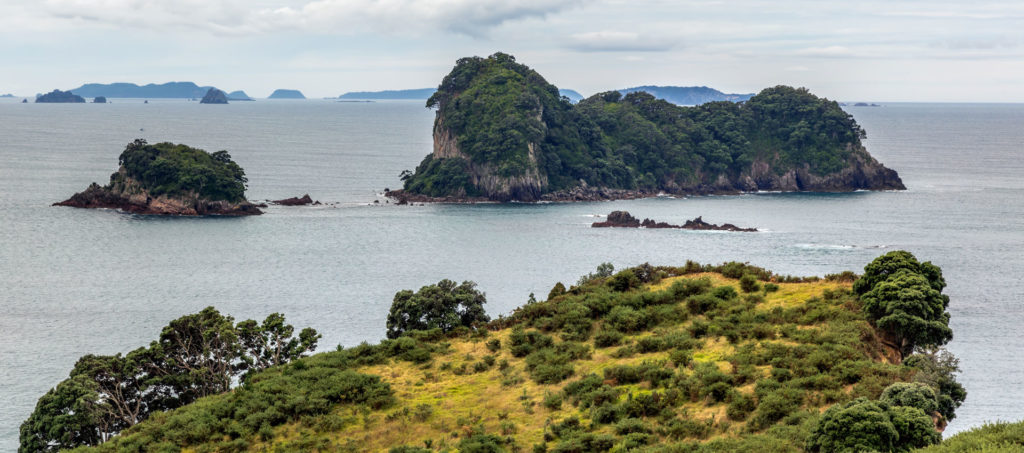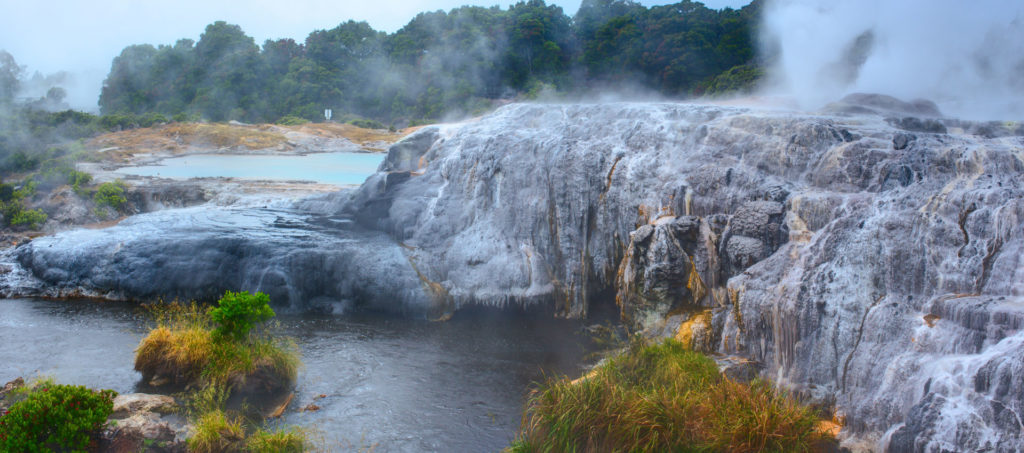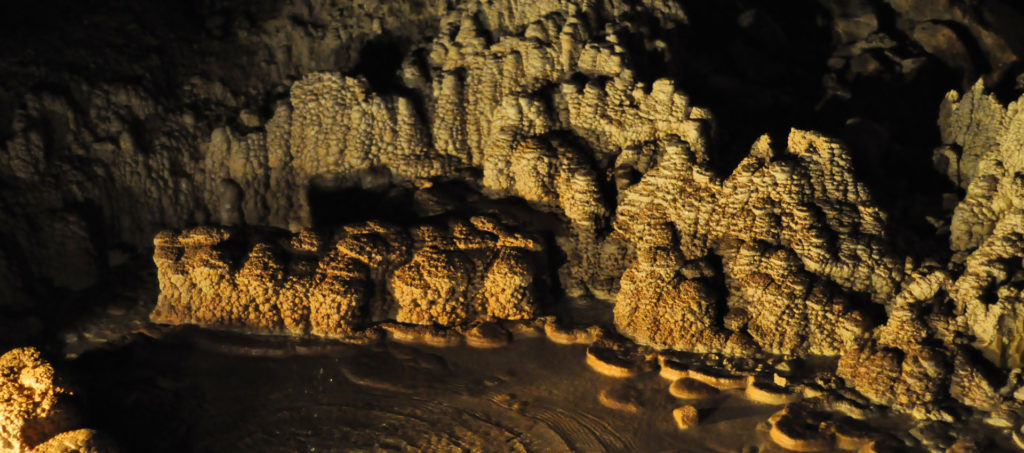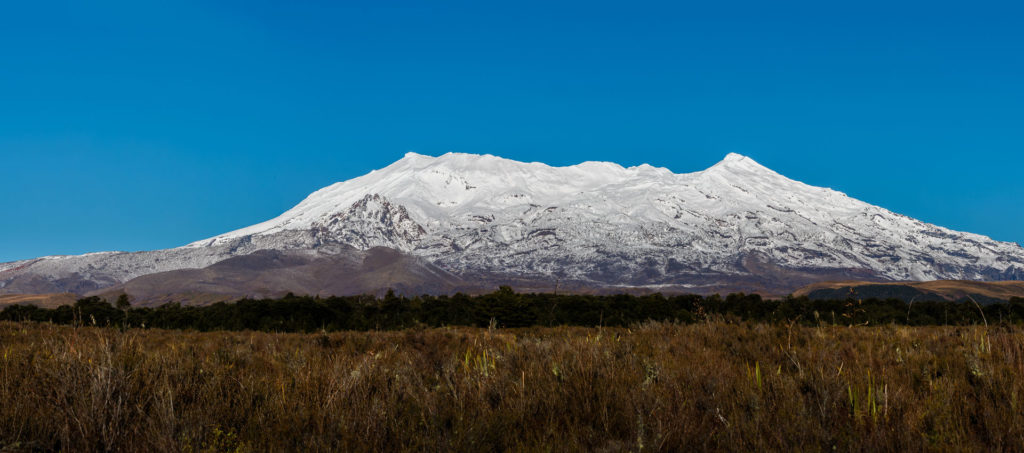Te Taiao Collectives – Communities Joining Forces for Ecosystem Restoration
Community-based restoration and regeneration are increasingly common pathways for collective action on interconnected social and environmental issues. As community initiatives gain pace, the need for collaborative efforts that operate at landscape scales has grown. Restoration collectives have emerged as important organisations that aim to connect and support diverse community entities to work together toward shared …
Te Taiao Collectives – Communities Joining Forces for Ecosystem Restoration Read More »

